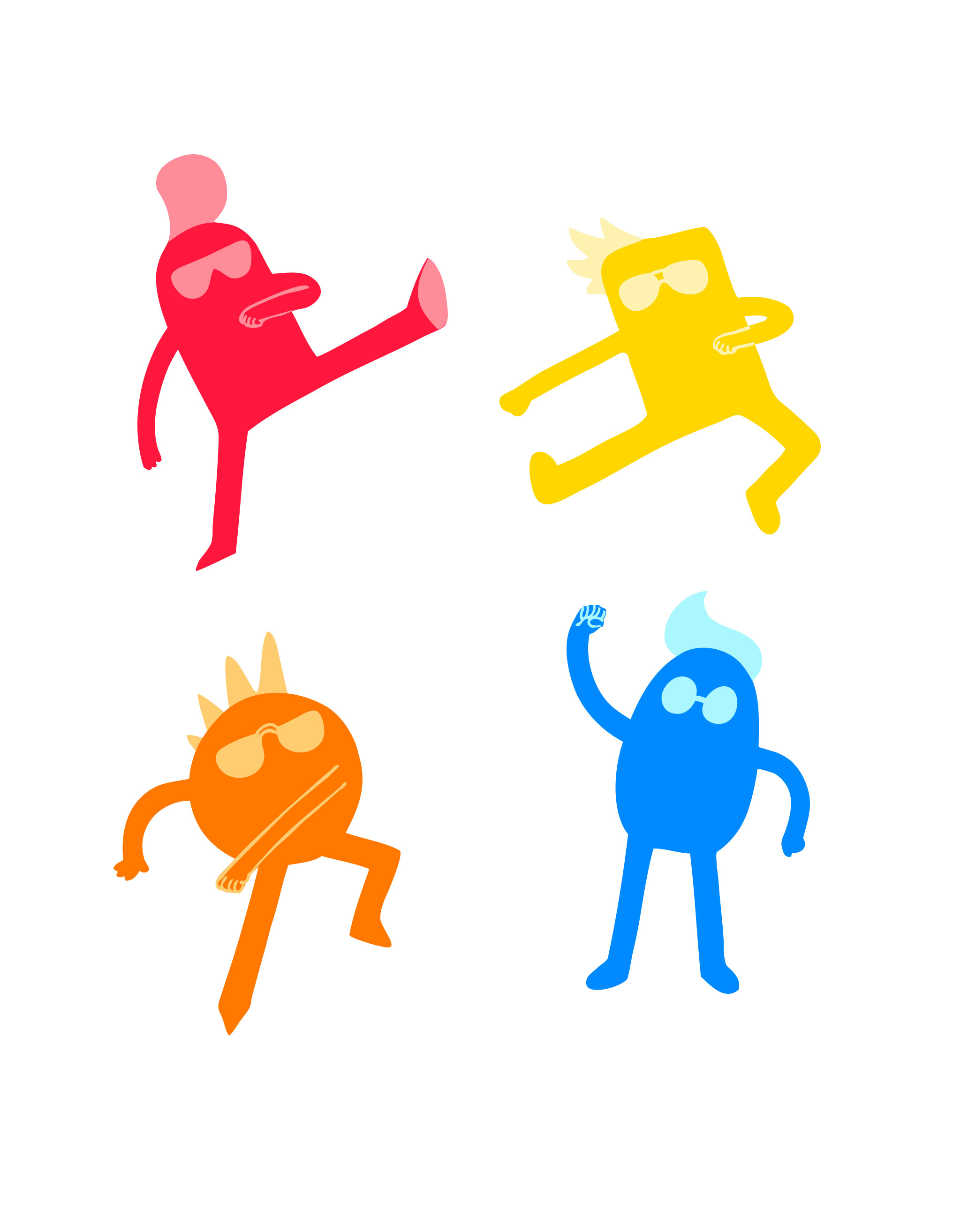David Rogers, founder and creative partner of brand & packaging agency Pure says that baby care is one of the sectors where own label has caught up requiring designers to think like marketers.
Global statistics show a changing sales picture in baby care with Own Label’s share increasing significantly beginning in 2009.
In the UK the rise in the average age of parents has meant greater financial stability in the home and more money to spend on baby’s care and happiness, along with ever increasing numbers of two-income families. With more disposable income on the table, on the surface it does seem surprising that own label is making inroads. It cannot simply be credited to the recession either, because the market is growing overall.
Evidence shows a change in consumers’ perceptions. It’s not the case that parents are making a conscious decision to compromise on their baby’s care and well-being, instead an increasing number of people believe own label products are just as good and across mainstream baby care segments, the consumer is spot on.
In the mature UK market many own label products are genuinely on par in terms of quality and innovation. Taking nappies as an example, these days market leaders cannot differentiate on anything as tangible as a ‘convenient Velcro fastening’ or the unique promise of a ‘drier night for baby’. Own labels have grown up—matching the major brands on materials and product features.
Proving just how on far own label products have come, a recent Which? Magazine survey rated Aldi’s Mamia as the UK’s best disposable nappies, alongside Pampers. While Asda has its own award-winning Little Angels range.
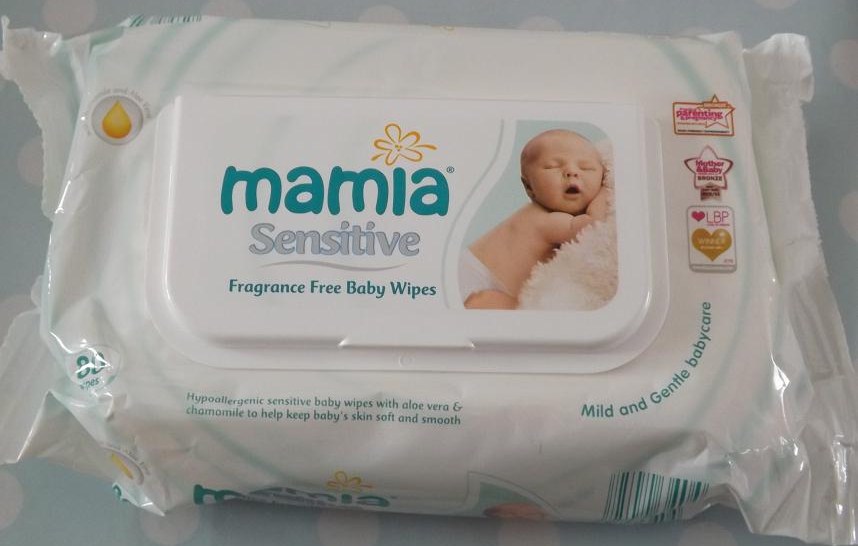
In a mature market, bereft of anything new to say, everything comes down to trust and the strength of a brand, and the emotional connection with consumers. That’s where the brand leaders had the upper hand, as they’ve built-up consumer trust through years of advertising.
But with a level playing field in terms of quality and innovation, a growing trust in own labels, and add to that a consumer pre-disposed to possibilities of saving money, you can see why sales are shifting. And why as designers we should start approaching own label products as credible brands in their own right—that just happen to be cheaper.
What does this mean for designers? As baby care products catch-up on quality and innovation we must match market leaders on brand communication. In essence designers must start to think like marketers. Challenging the traditional starting point for Own Label packaging design and delving deeper to understand the bigger picture and the factors that are driving sales.
To create brand differentiation for own label baby care, here are three things to consider:
1. The ‘Ah’ factor
There’s no escaping it, parents are drawn to imagery of cute babies. The human race is pre-programmed that way with a mother’s impulse to love and protect her child seemingly hard-wired into her brain. With no competitive product difference to shout about, the secret is finding a way to own the ‘Ah’ factor, and standout, offering something new conceptually or stylistically.
A recent Aldi Mamia commercial recognised by the Clio Awards demonstrates the point. It doesn’t show you a baby rolling around on a rug before wandering off safe and secure in an Aldi nappy. The commercial presents the ‘Ah’ factor in a new and engaging way, different in approach right down to the ‘operatic’ music choice.
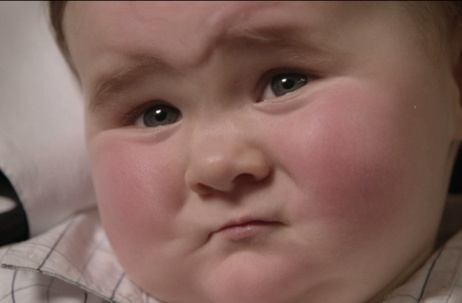
2. Growth drivers
Consumer demand for natural and organic products is increasing, so products that are positioned as ‘natural’ will do well. Packaging must flag up the natural aspects of the product such as 100% natural cotton, allergen-free etc. If you are launching an own label nappy range that fits the criteria you could go as far as branding your line ‘Natural Nappies’. As you’ll see from brands such as Earth Baby, it’s becoming commonplace for new brands to make the communication of natural or organic central to the naming strategy.
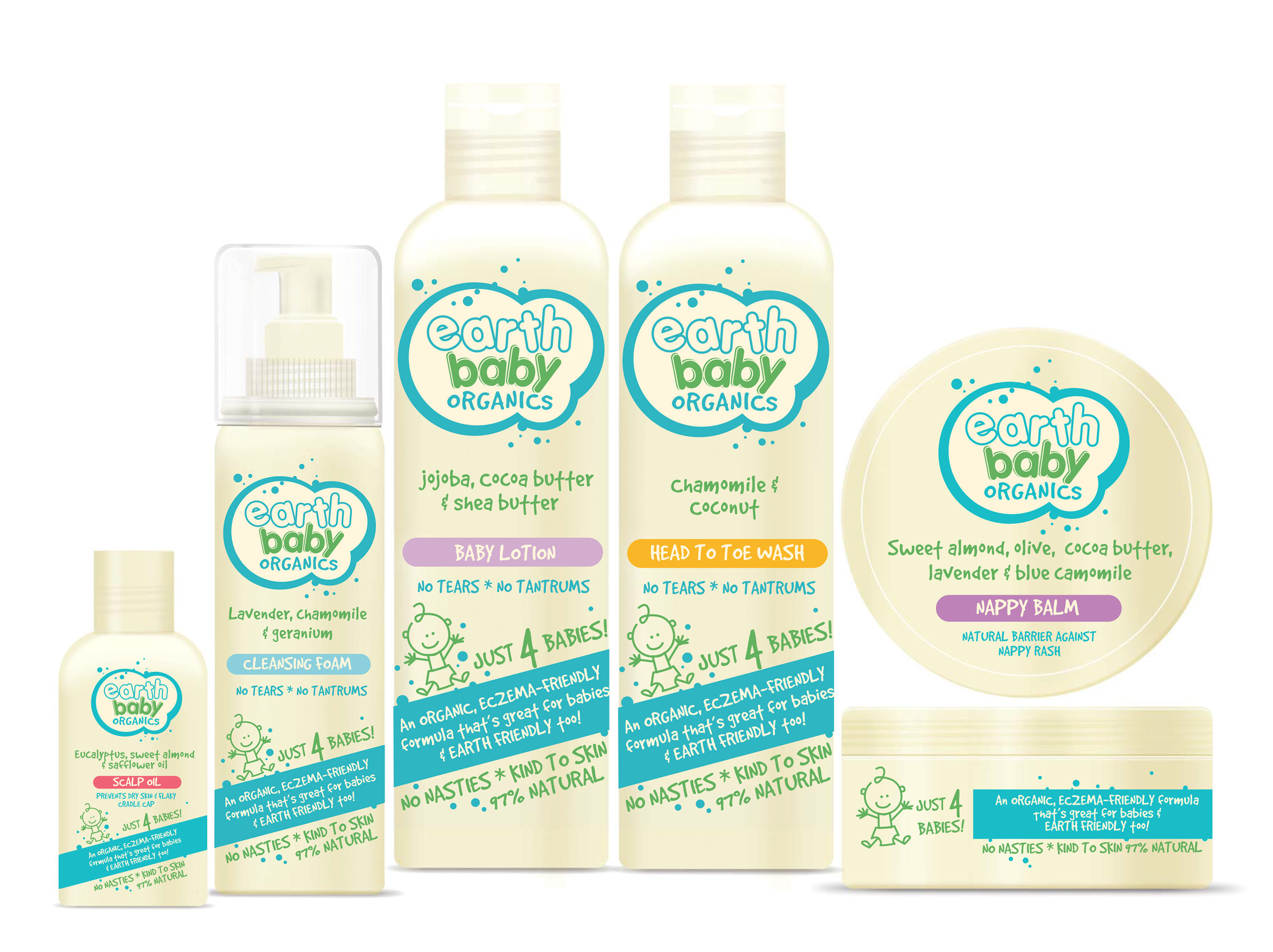
3. Trends
With a dearth of innovation, character licencing is becoming increasingly common as manufacturers look for ways to freshen up their product offering and boost sales. But the idea of making products that are fun to use with babies and children doesn’t have end with licencing. Own labels can follow suit by developing original character-led packaging. Unlike licensing, there are no fees, usage restrictions and you can create a whole packaging concept where characters support the product messaging.
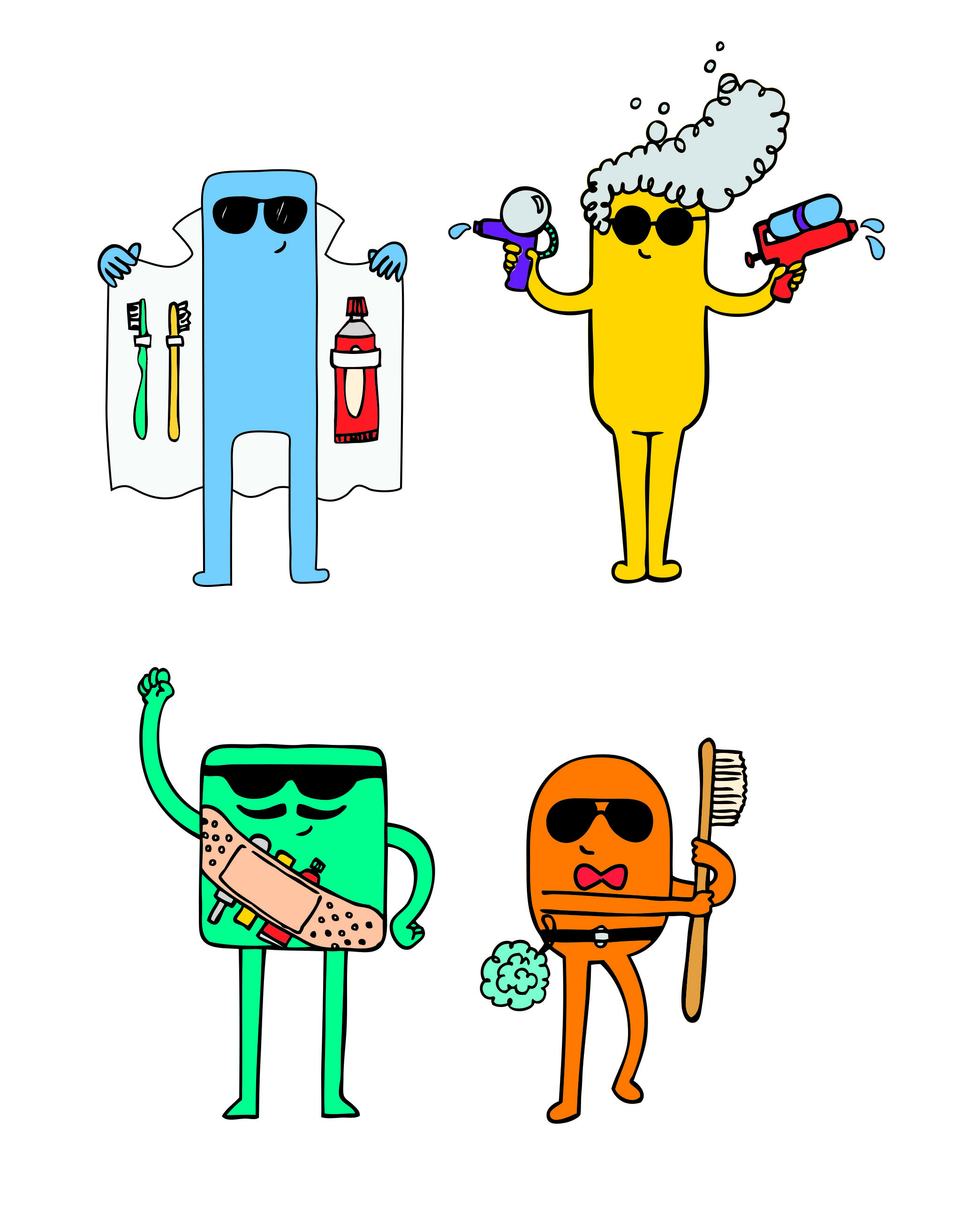
About the Author
David Rogers is the owner and creative partner of Nottingham-based brand and packaging design agency Pure, which works with some major names in the U.K. such as Unilever, Wilkinson and Greencore, as well as international brands, specifically in Russia, including Natura Siberica and “Kpoxa”.
